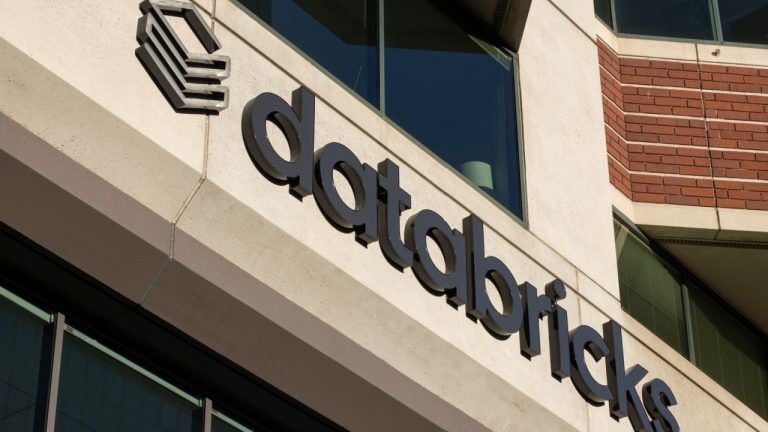Peter Zhang Nov 21, 2024 17:15
Explore how intent-based applications can overcome fragmentation challenges in Ethereum, focusing on composability and a unified ecosystem through standards like ERC-7683 and low-latency networks.

Intent-based applications are poised to transform how users interact with the Ethereum blockchain. However, these applications face the risk of creating fragmented "walled gardens," where each operates in isolation. According to EigenLayer Research, a shift towards interconnected "invisible gardens" is necessary for maximizing the potential of these applications.
The Problem of Fragmentation
Intent-based applications such as CoW Swap, UniswapX, and others inherently offer a user-centric and platform-agnostic approach. However, the infrastructure supporting these intents often remains specific to each application, leading to fragmentation. This is particularly evident in how CoW Swap manages a centralized orderbook, which, while functional, presents a potential point of failure or censorship.
Modular Intent Stack
To overcome these challenges, a Modular Intent Stack is proposed, comprising three components: representation, propagation, and selection. This stack aims to guide intents from a user's wallet to execution, ensuring seamless integration across applications.
ERC-7683 and Cross-Chain Intents
ERC-7683, a proposed standard for cross-chain intents by Across and Uniswap Labs, offers a unified approach to sharing intents. By establishing common requirements for cross-chain intents, this standard facilitates seamless solver integration across platforms, enhancing the resilience and competitiveness of the solver network.
IntentPool and Decentralized Networks
Moving beyond centralized databases, the intentpool concept involves using low-latency data availability networks like EigenDA to store and propagate intents. This approach ensures censorship resistance and quick access, crucial for the decentralized execution of intents.
Solving Infrastructure: Auction AVS
To fully realize decentralized intent-based applications, a fair and transparent method for selecting solvers is essential. Auction AVSs offer a censorship-resistant mechanism for conducting auctions, ensuring that the best solver bid is chosen without centralized oversight.
Through these innovative solutions, the Ethereum ecosystem can transition from fragmented applications to a unified, interoperable network, unlocking the full potential of intent-based interactions.
Image source: Shutterstock

 By Blockchain News | Created at 2024-11-21 18:03:46 | Updated at 2024-11-28 06:44:05
6 days ago
By Blockchain News | Created at 2024-11-21 18:03:46 | Updated at 2024-11-28 06:44:05
6 days ago








